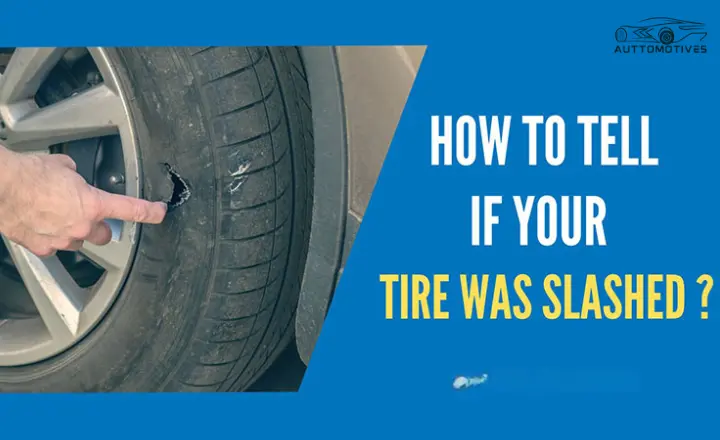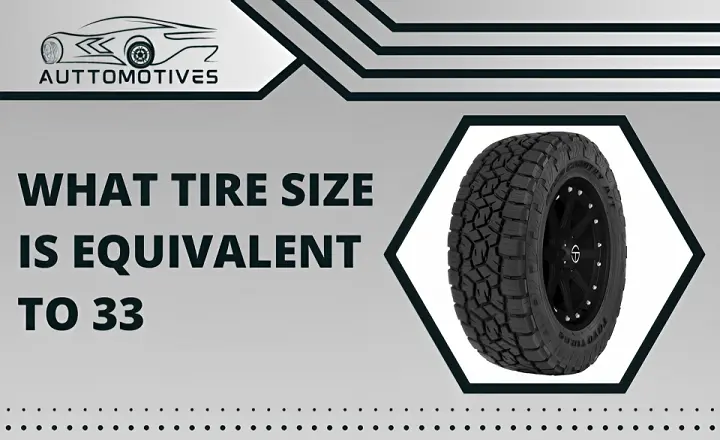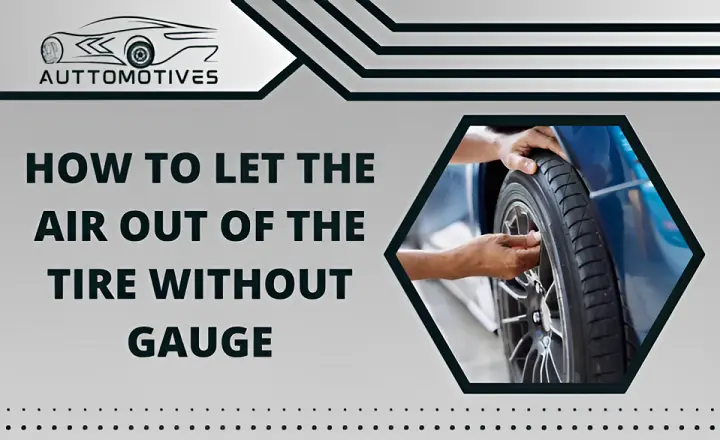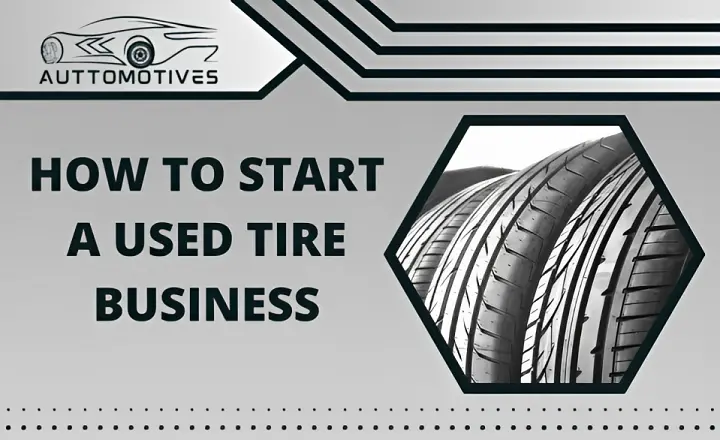How to tell If Your Tire Was Slashed
If you’ve ever encountered a flat tire, the cause may not always be immediately apparent. While some flats are caused by natural wear and tear, others may result from more nefarious actions, such as someone slashing your tire. If you suspect this may have happened to you, it’s essential to know how to tell if your tire was slashed so that you can take appropriate action. Here we’ll discuss five ways to tell if your tire was slashed. By learning these key indicators, you’ll be able to determine whether or not your flat was caused by malicious intent and take steps to prevent it from happening again.
How to Tell If Your Tire Was Slashed?
A slashed tire can quickly turn a smooth drive into a frustrating roadside emergency, leaving you stranded and in need of immediate assistance. Imagine waking up to find one of your pop car tires flat without any apparent reason. It can be frustrating, especially if you need to go somewhere urgently. It could be a sign that you might have been a victim of vandalism or tire slashing. Although it is hard to tell the difference, some telltale signs can help identify the cause of the damage. Let’s have a look at How to tell If Your Tire Was Slashed?
1. The damaged area:
The sidewall is often the primary target for perpetrators looking to cause mischief or chaos. The sidewall is softer and more exposed than other areas of a tire, making it easier for someone to puncture or slash. Compared to other tire parts, such as the tread area, the sidewall is relatively thin and can be damaged with minimal force.
Perpetrators typically use sharp objects like knives or screwdrivers to pierce through the sidewalk and create a puncture. This damage can lead to slow leaks or sudden blowouts while driving. If you notice your tire has gone flat without hitting any debris or potholes, there’s a good chance someone intentionally targeted your vehicle.
2. The appearance of the wound:
The appearance of the wound can provide vital clues. An expert in forensic science may use advanced techniques to identify the cause of damage, but for non-professionals, basic logic can help distinguish between an accident and intentional damage. For example, if there are straight cuts on the tire’s sidewall, someone likely uses a sharp object like a knife or blade to do it deliberately. Random scratches or dents suggest an accidental impact from rocks or debris on the road.
3. Search the surrounding area for a tool:
If you’ve been the victim of a crime, it’s important to search your surrounding area for any tools or weapons that the perpetrator may have carelessly discarded. It could be anything from a knife to a crowbar, and it’s essential to find these objects as they can potentially provide valuable evidence in an investigation.
Many criminals act impulsively and don’t think about the consequences of their actions until after the fact. As a result, they may throw away tools or weapons without considering whether they might be caught later on. By searching your surroundings for these items, you increase your chances of finding evidence that can help bring the perpetrator to justice.
Remember that even if you don’t find any tools or weapons nearby, there may still be other clues that can help with an investigation. Look for footprints, tire tracks, or any other signs that someone has been in the area recently.
4. Ask the people around:
Vandalism is a serious crime that can cause damage to property, loss of revenue, or even physical harm. If you suspect an act of vandalism, your first action should be to ask the people around that area. It may seem like a simple step, but it can yield valuable information that could help solve the case. Sometimes, witnesses are present during vandalism and can provide crucial details about the incident.
By approaching people around at the time, you may find someone who saw something suspicious or out of place. If you find a witness, you should file an initial police report so that officials can investigate further. It is essential to try and figure out who the criminal may be by recalling potential people who might have held any grudge against you.
5. CCTV Footage:
The prevalence of criminal activities has made CCTV cameras an indispensable part of our daily lives. These cameras are installed everywhere, from the streets to shops and even homes, to ensure security. With the latest technology, you can quickly locate a CCTV camera nearby, especially in your neighborhood. It makes it easier for you to track down any suspicious activities that might be happening around you.
Once you spot a camera, accessing its footage might not be easy, as most owners consider it personal property. If you have reasons to believe there might have been some criminal activity in the vicinity, convincing them becomes much more accessible. You can argue that they would want someone else to cooperate with them if something happened today or tomorrow and they were the victim. This argument is reasonable enough and will likely make them more willing to share their footage with you.
Frequently Asked Questions:
Did the rim of the tire appear to have been damaged?
The tire had been punctured, but it was hard to assess the damage to the rim without taking it off and inspecting it more closely. If the tire had been damaged in an accident or due to a manufacturing defect, there could also be damage to the rim.
Did the sidewall appear to have been cut?
No, the sidewall did not appear to have been cut. After thoroughly inspecting the tire, I noticed no signs of cutting or damage to the sidewall. The tread was in good condition, with no visible signs of wear.
Was there evidence of a puncture?
It depends on the context of the situation. If referring to a puncture wound, that would require an examination to determine if there was evidence of one. Depending on the size and type of wound, it could be visible.
Knowing how to tell If your tire was slashed can help you identify the cause of your flat and take steps to prevent it from happening again. Whether checking for apparent signs like cuts or punctures or looking for more subtle clues like a tire that deflates quickly or unevenly, being aware of these indicators is crucial. By staying vigilant and taking preventative measures such as parking in well-lit areas and investing in security cameras, you can avoid falling victim to tire slashings in the future. Remember: knowledge is power, so arm yourself with the information you need to keep your vehicle safe and secure.








